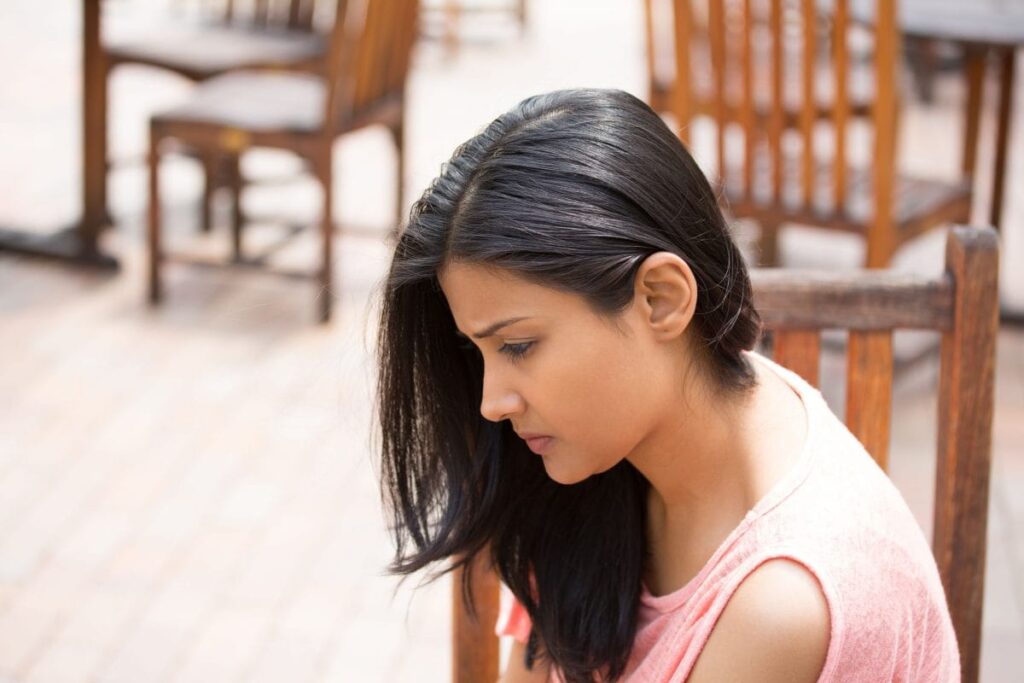It is time for India to “wake up to invisible disabilities” says an article recently published by the World Economic Forum.
Physical disabilities are often acknowledged in India, even if they are not always accommodated for. However, mental illness and conditions where there are no obvious physical symptoms are often ignored or, worse, stigmatised.

The World Economic Forum cites India as having more than ten million children with autism, ten million people with epilepsy and more than 150 million people with a mental illness that will at some point require the intervention of therapy or other medical treatment. This number equates to just over ten percent of the population. This is a considerable figure alone. When taking into account those with physical disabilities exclusive of, and in addition to mental illness, the number swell further.
However, despite such a large portion of the population having some manner of disability, India is all but entirely unprepared to accommodate for them.
Harsh Songra, CEO and founder of “We, Included”
The article published by the World Economic Forum was written by and follows the story of Harsh Songra, who suffers from dyspraxia. Also known as delayed motor coordination, dyspraxia is a condition in which coordination between the brain and body is negatively affected. This can have a severe impact on the early years of a child’s education, putting them at a significant disadvantage compared to their peers from which they may not recover.
Songra went on to found We, Included — a website presenting the world with the stories of the disabled through their own eyes. His own story began at the age of two, when he began showing symptoms of dyspraxia. Songra states it took his parents over nine years to figure out what it is and what it means. This was followed by multiple trips to different doctors, and even to religious healers. He notes that for, the 71 percent of people living with disabilities in India that live in rural areas, the accessibility of such treatments will be far lower, if they are available at all.
Developmental disorders in India are not uncommon. Recent reports state that one in eight children between the ages of two and nine in India have some manner of developmental condition. Though this is less common than the global average of one in six, it is likely the case that the diagnosis rate in India is far lower, as in many rural locations the medical capabilities necessary to detect such a disorder may be entirely absent.
Acknowledged at the highest levels, but still yet to be accepted by the public
At the highest levels, India is beginning to acknowledge mental health as a legitimate public health concern. More and more public bodies are beginning to acknowledge the concerns of the disabled and the mentally ill.
Experts convened for the third High-Level United Nations Meeting on Noncommunicable Diseases (NCDs) in September. One of the more remarkable messages that came from the conference was the recognition of mental health conditions as a cause for concern at the same level as other non-communicable diseases such as cancer and cardiovascular disease.
President Ram Nath Kovind warned of a mental health epidemic in India earlier this year, noting that only a mere ten percent of those who require mental healthcare can avail it. However, despite acknowledgement from high offices, the public still harbour negative views towards the mentally ill which may severely hamper treatment and diagnosis, forcing many to hide their conditions and making them reluctant to seek help.
Earlier this year, a survey of 3,556 Indians in the 18-45 age bracket found considerable numbers of individuals hold prejudicial attitudes towards those with mental health issues. For example, 47 percent of respondents used the word ‘retard’ to describe sufferers. Forty percent said those with mental health issues were ‘crazy/mad/stupid’.
The majority of individuals still held attitudes that would hold back those with mental illness from employment opportunities. 68 percent of respondents said those suffering from mental health disorders should not be given responsibility. Sixty percent said that the mentally ill ‘should have their own groups’ as ‘healthy people need not be contaminated by them.’
A long way to go to address the situation
Despite acknowledgements at a government level that there is an issue that so far has been largely unaddressed, real change will not occur until there is a large scale shift in public attitude as well as a considerable investment of resources by the government.
The attitude of the public may well take decades to address. Awareness campaigns may change the views of some but many may be entrenched in their views. It is therefore important that children are educated about mental health issues. Education from a young age regarding the rights and challenges faced by the mentally ill will improve awareness and could foster far more tolerant future generations.
In addition, funding must be put in place. India just has one psychiatrist for every 400,000 people. The majority of these individuals are located within cities, leaving rural populations all but unable to find the aid they need. Political commitment and a considerable financial contribution will be required to provide the health services necessary to improve the lives of the millions living with mental disabilities, however, as with the changing of public attitudes, such a solution may take decades.

